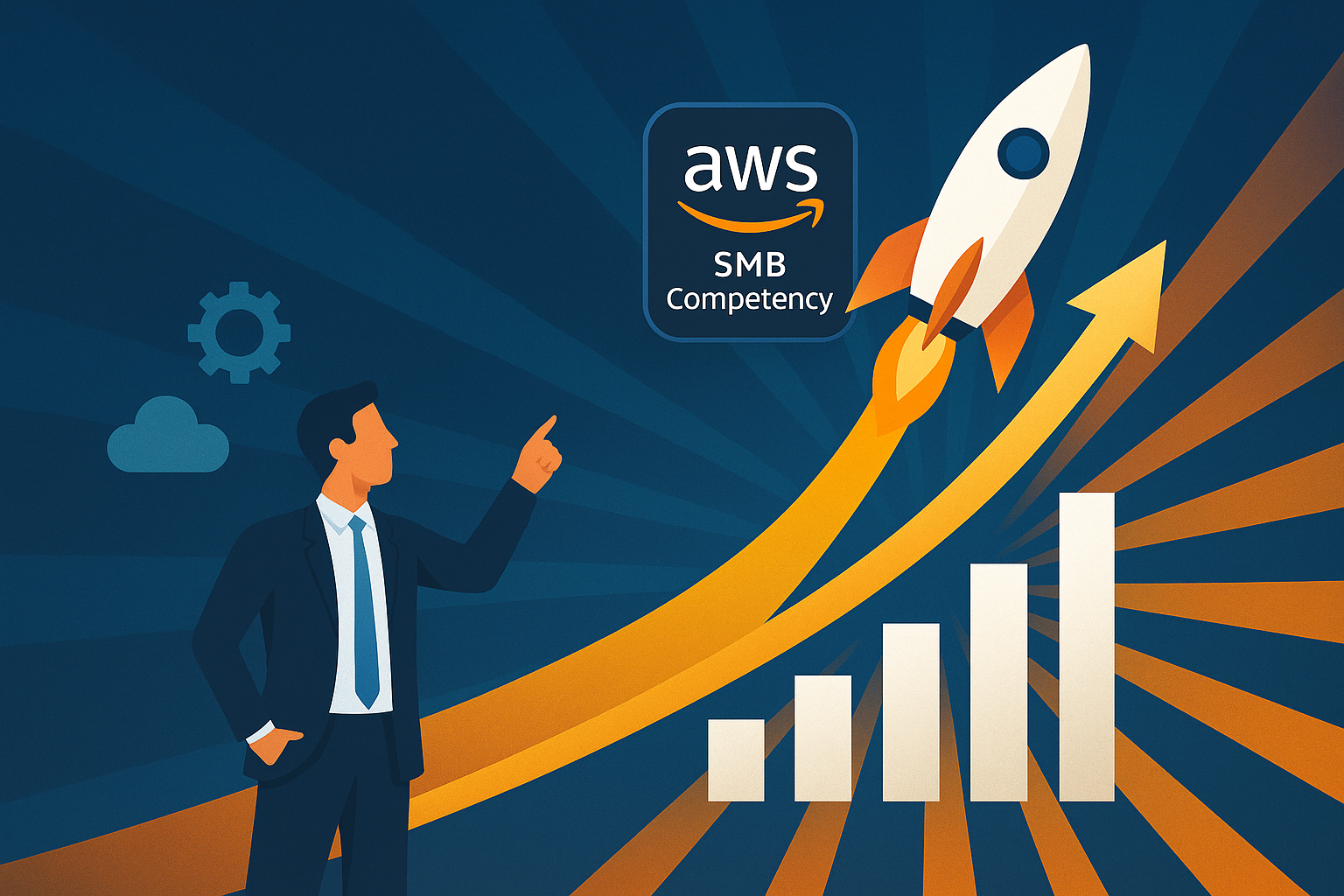The debut of IBM Partner Plus marked a significant evolution from the previous PartnerWorld program, specifically designed to accelerate partner business velocity in a rapidly changing cloud adoption landscape. Key to this launch were interconnected enablers such as insider access to sales and training materials, a focus on competitive and transparent incentives, and enhanced support for skill development in critical areas like AI and cloud. The program also introduced a simplified IBM Partner Portal offering real-time incentive visibility, an automated deal share engine, and increased co-marketing and co-sell support investments. These initial steps laid the groundwork for the simplified engagement, enhanced partner enablement, and targeted incentives, demonstrating a consistent strategic thread from the program's inception to its current manifestation in driving AI and hybrid cloud adoption through the ecosystem.
By establishing a program designed for diverse partner models and emphasizing transparency and support from the outset, IBM Partner Plus created an environment conducive to the "Build, Sell, Service" pillars and the incentivization of high-growth areas like Software as a Service (SaaS) and AI. The program's foundational goal of aligning with partners expanding their cloud market presence directly correlates with the current strategy to leverage the ecosystem for broader reach and deeper client engagement in AI and hybrid cloud solutions. This continuity underscores IBM's sustained commitment to its partners as central to achieving scale and success in these transformative technology areas.
The strategic alignment with partners, crucial for success, reflects the fundamental reality that in the dynamic world of enterprise technology at the intersection of AI and hybrid cloud, scale is paramount, and achieving this requires not only innovative products but also a robust and interconnected ecosystem. IBM's strategy for driving growth in the AI and hybrid cloud era is deeply rooted in cultivating a vibrant ecosystem – a community of diverse participants, including value-added distributors (VADs), resellers (VARs), service partners, and independent software vendors (ISVs), working harmoniously towards mutually beneficial outcomes.
The objective of IBM's ecosystem strategy is straightforward: to work hand-in-hand with partners to scale the IBM technology business in a way that benefits everyone involved. This requires a deep understanding of each partner type's diverse needs and drivers and aligning those towards common goals, specifically seizing the significant opportunities presented by AI and hybrid cloud.











